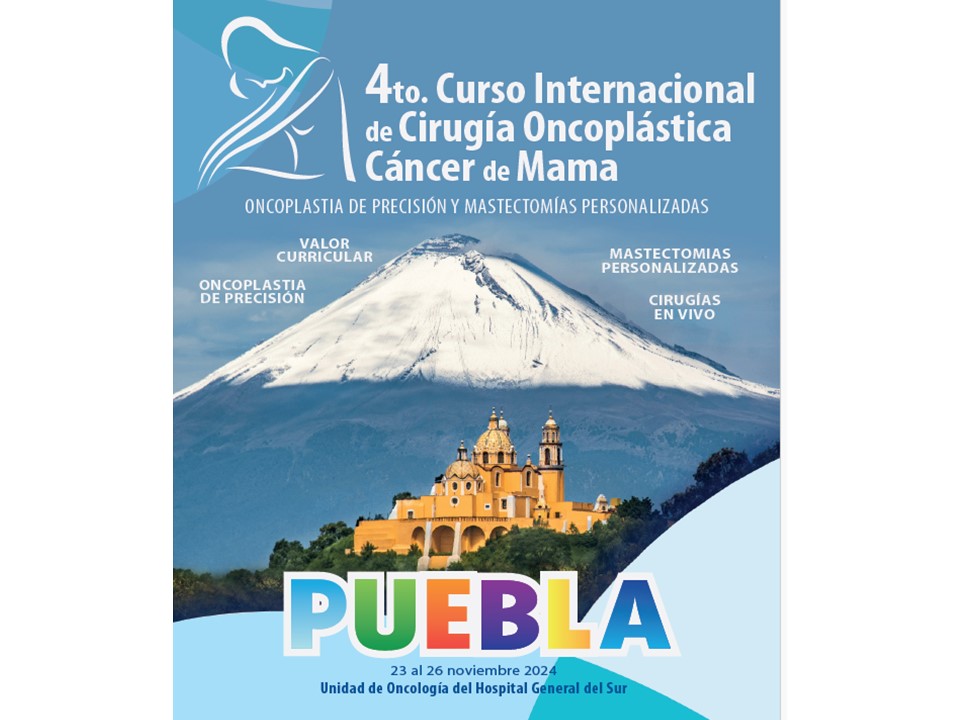Mostrar Contenidos Sensibles

The indication for chemotherapy as the initial treatment for early breast cancer has modified the surgical treatment, allowing breast preservation in most patients who develops clinical response (1). However, in spite of high rates of pathologic complete response (pCR) in the axilla (26–66%), particularly in patients with Her2+ and triple negative tumor subtypes, there is still controversy about the de-escalation in the surgical treatment of the axilla for patients with metastatic lymph nodes at diagnosis (pN+) (2).
Our recent paper (3) shows that identify and remove the metastatic lymph nodes marked with the clip/wire is feasibility (100%) and in most of the patients (80%) this matched with the sentinel lymph node (SLN). Also, in 90% of the patients with persistent lymph node disease, the marked lymph node was able to identify the residual disease.
However, until now, there is no consensus on the gold standard method for postchemotherapy axillary staging for pN+ women. But, the reality is that If we accept the definition of the SLN as the node with greater likelihood of being affected by the disease, we should recognize that for women with metastatic involvement of the axilla, the disease itself has marked its SLN (4). Therefore, once the SLN has been identified (the once selected for the disease), the important thing will be to know axillary type of therapeutic response to chemotherapy. So, remove the marked metastasized lymph node, should predict residual disease, which would make marking the SLN unnecessary. This theory is similar to the paradox of the Theseus ship. Although all its original pieces have been replaced by new ones, the boat is still the same. Likewise, the SLN chosen for the disease undergoes changes due to chemotherapy, but it is still the SLN, even though another marker (such Tc99 or patent blue) indicates a different SLN.
We should change our mind, and not think of postchemotherapy axillary study as a re-staging or “new boat”; it is rather a tool to decide the rest of the adjuvant treatments. Most patients undergoing NAC are Her2+ or triple negative, subtypes with a high probability of a pCR in the axilla, where axillary treatments might be unnecessary.

